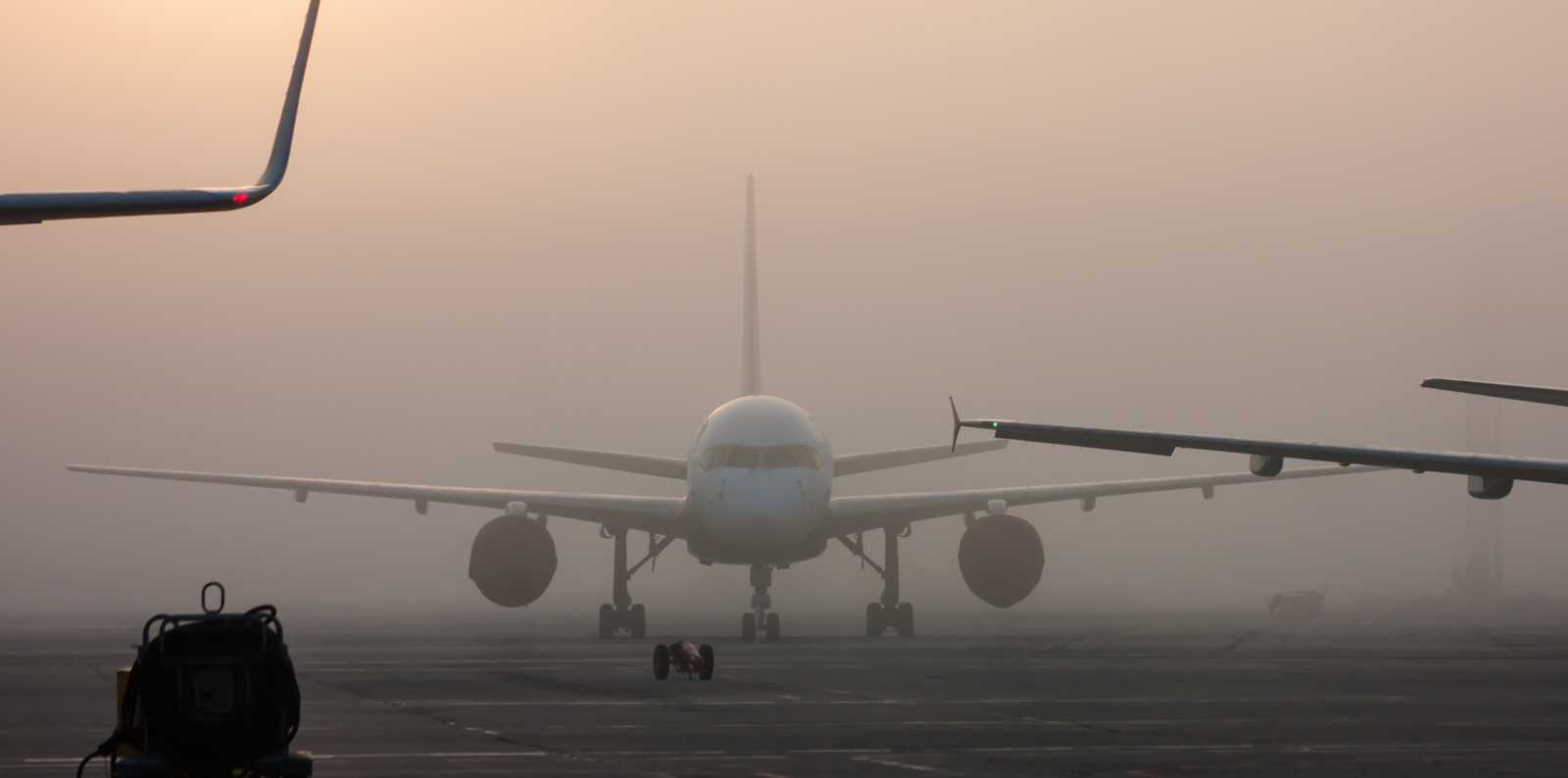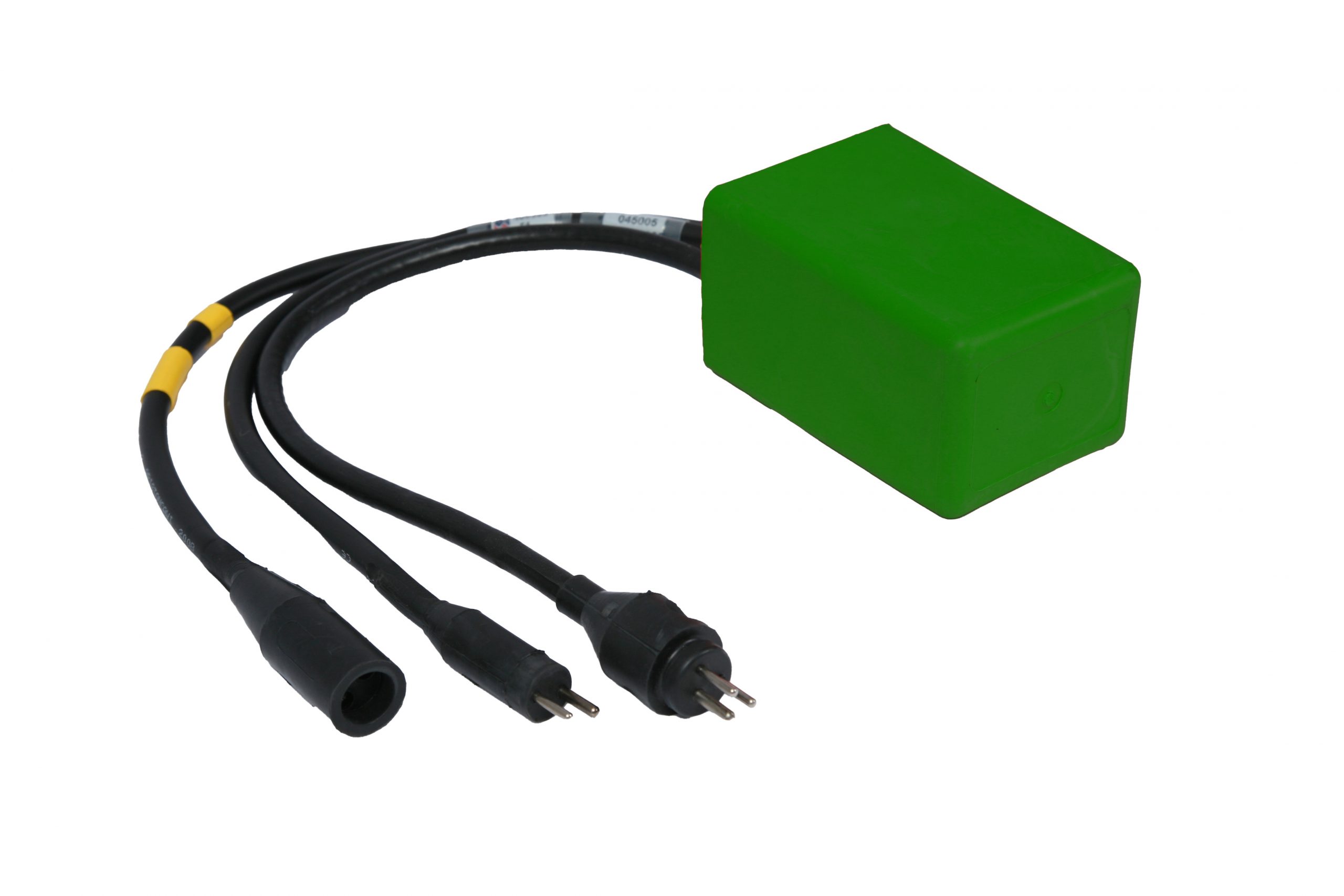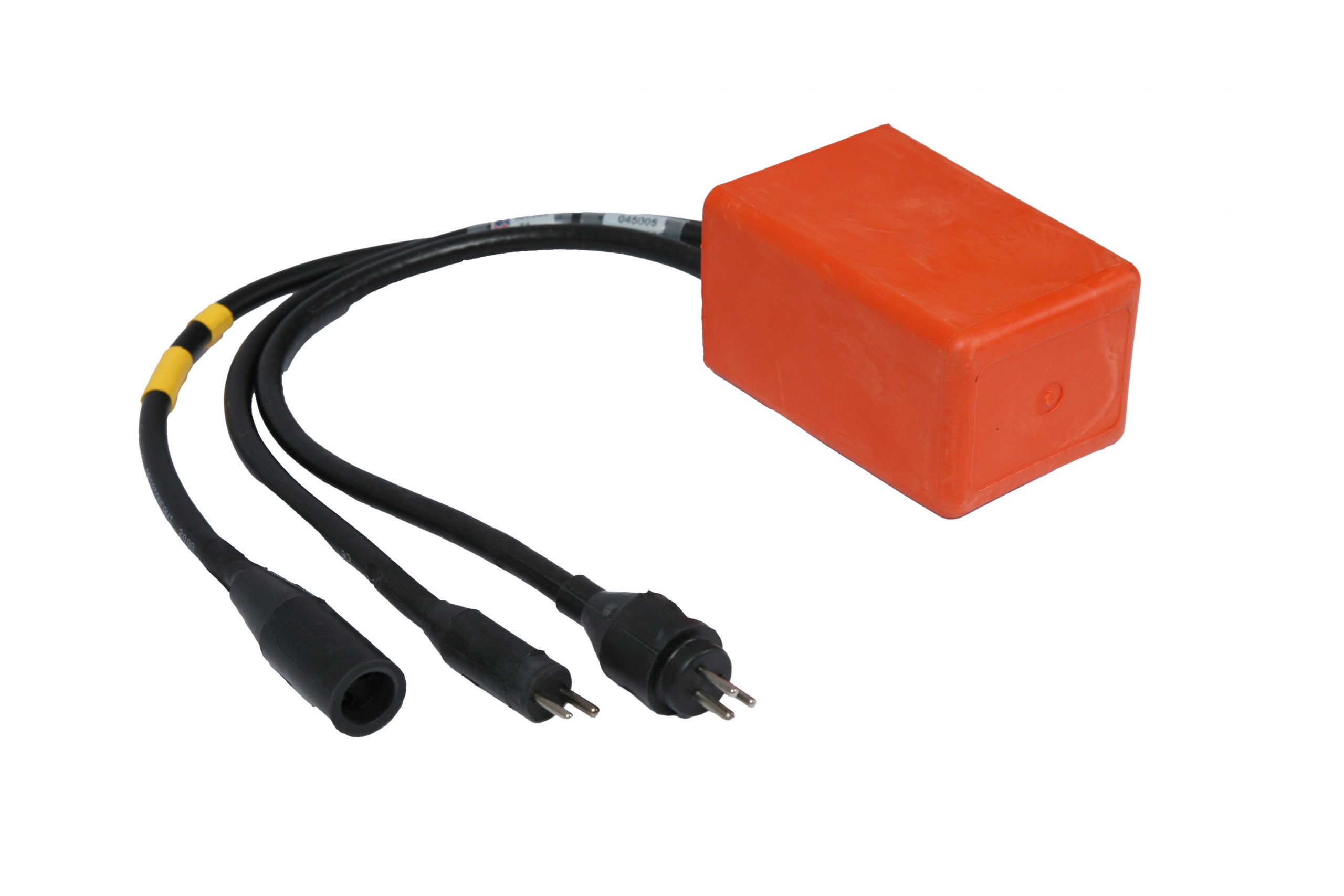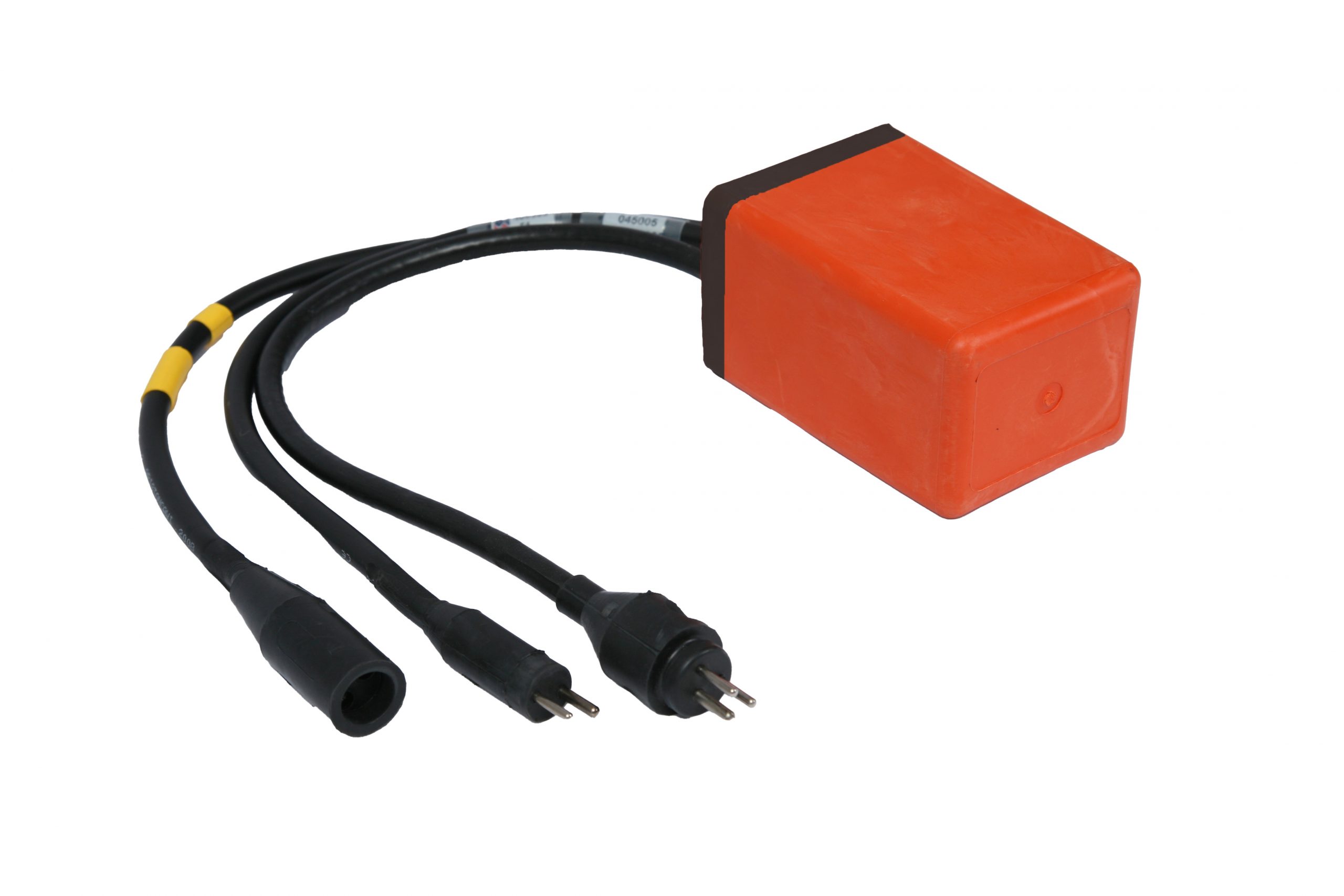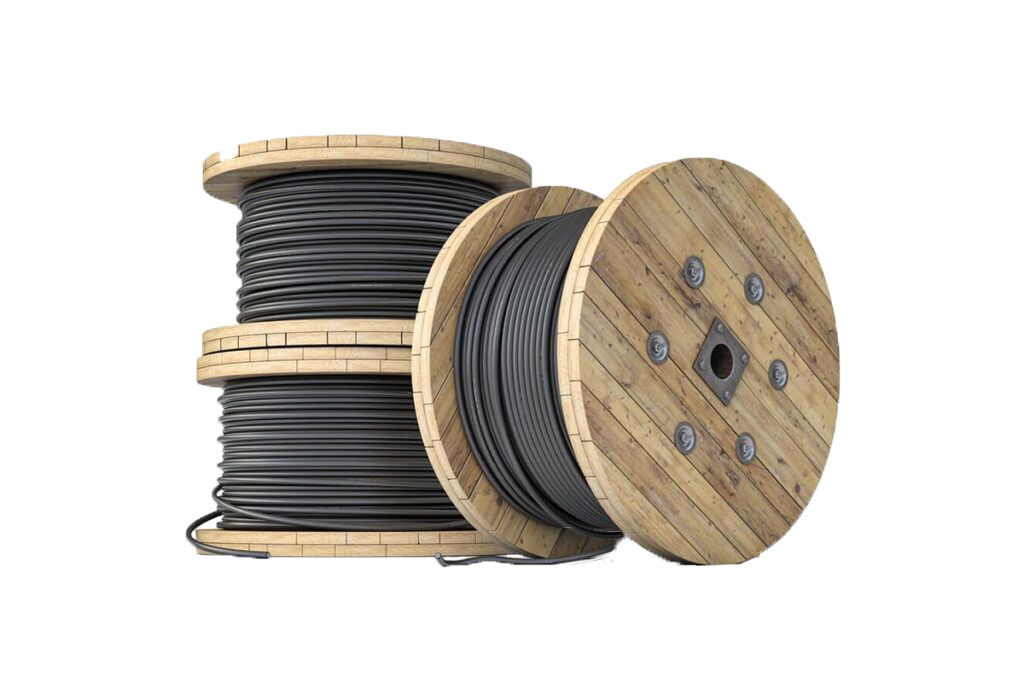An Individual Lamp Control and Monitoring System (ILCMS) is a sophisticated solution that enables airports to control and monitor each airfield ground lighting (AGL) fixture individually. As a component of a modern Airfield Ground Lighting Control System, ILCMS enhances safety, efficiency, and sustainability across the airfield.
What Is ILCMS?
An ILCMS allows for the individual monitoring and control of each airfield ground lighting (AGL) lamp. Contrary to traditional systems that place lights into circuits, ILCMS provides live information on the status of each lamp, either runway, taxiway, or approach lighting. The degree of control enables airport managers to directly see faults, change lighting schemes, and ensure compliance with international aviation regulations.
This degree of control is consistent ATG Airports’ SmartControl system, offering modular and flexible solutions to manage airfield lighting.
ILCMS Safety and Compliance Benefits
ILCMS enhances operational safety and ensures international aviation standard compliance. Fault isolation is mainly to quickly identify and isolate faults without affecting full circuits, ensuring constant functioning of critical lighting components. Use of Reduced Runway Incursions can help to provide proper control over stop bars and taxiway routing lights to avoid unauthorised movement of the aircraft, thereby precluding runway incursions. Second, high critical lighting availability ensures there is always essential lighting, even in adverse weather, is in accordance with ICAO and FAA guidance for airfield lighting systems
These features are included in ATG Airports’ Surface Movement Guidance and Control Systems (SMGCS), which provide comprehensive aircraft guidance solutions to improve safety and efficiency.
Maintenance Efficiency and Cost Savings
Traditional maintenance practices typically involve frequent checks, which may be time-consuming. ILCMS turns this model on its head by adding data-driven predictive maintenance to determine potential failures, allowing for timely intervention and limiting unwanted downtime. Remote Monitoring enables maintenance staff to monitor lighting systems remotely, facilitating prompt response times and eliminating site visits. Additionally, with less downtime and better planned maintenance schedules, ILCMS ensures airports save tremendous sums of money.
ATG Airports’ AGL Installation Services provides extensive assistance, encompassing design, planning, installation, and upkeep, to ensure maximum airfield lighting system performance.
ILCMS Sustainability Benefits
Environmental concerns are an emerging concern in airport operations. ILCMS achieves green objectives through maximising energy consumption using measures such as dimming or levelling lights according to environmental conditions saves energy and extends lamp life. Furthermore, reducing light pollution through targeted lighting avoids unnecessary light, hence less energy usage and less light pollution. All these help in promoting green operational purposes that complement sustainability initiatives. ILCMS helps airports meet environmental standards and regulations.
These energy-saving innovations are in accordance with ATG Airports’ Environmental & Sustainability Policy, demonstrating a commitment to environmentally friendly actions..
Real-World Impact
The benefits of ILCMS are not just theoretical. Real-world applications demonstrate its effectiveness:
- Case Study: In 2024, Lima’s main airport experienced a runway lighting failure that forced 286 flight cancellations, which translated to over $10 million in lost revenues. Implementation of sophisticated runway lighting monitoring systems could have prevented the failure by enabling real-time operation of the critical lighting systems.
Conclusion
ILCMS represents a significant leap in airfield lighting systems with enhanced safety, operational performance, and sustainability. With airports still upgrading, the inclusion of ILCMS will be essential in meeting the evolving requirements of airfield operations.


